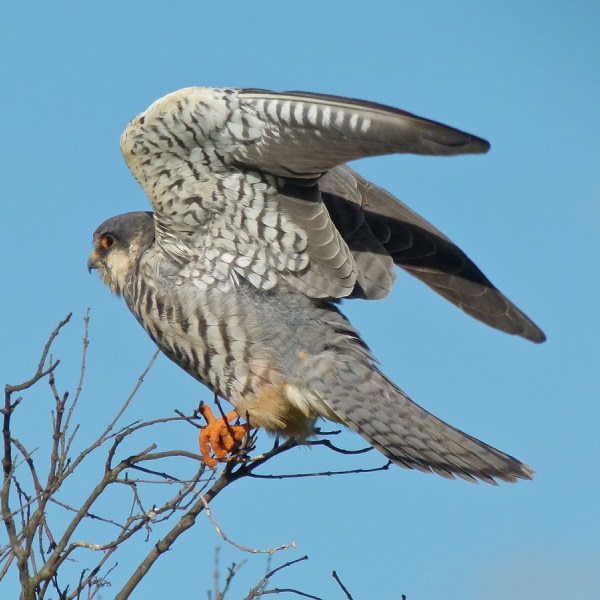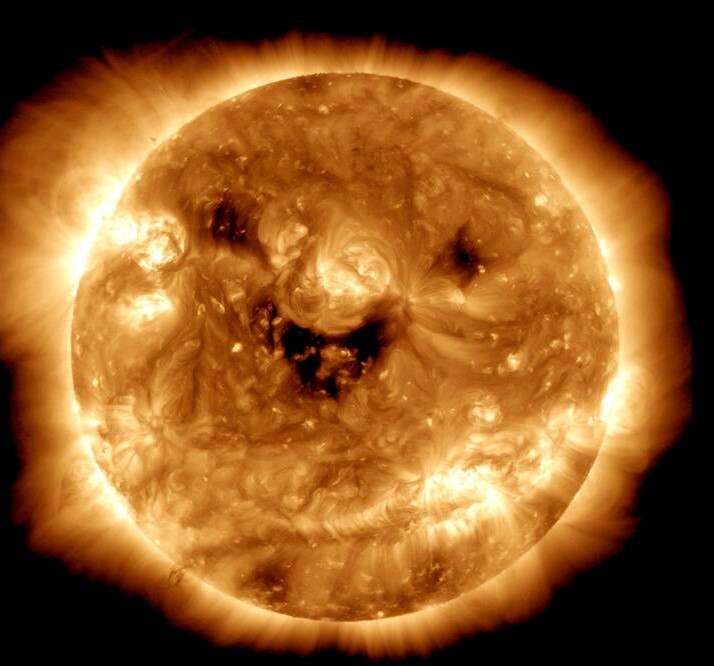The Supreme Court (SC) disposed of a petition seeking directions to enable non-resident Indians, migrant labourers to cast vote.
The SC asked the concerned authorities and functionaries to find a solution to enable expatriate to cast their vote, ensuring the integrity and confidentiality of the entire electoral process.
Present state of Non-Resident Indian voters
References
The hunting, killing and sale of Amur falcons has been banned by the district magistrates of Tamenglong and Senapati districts in Manipur.
Under Wildlife (protection) Act 1972, migratory birds cannot be hunted, sold or killed and it is a punishable offence.

References
NASA released an image taken by its Solar Dynamics Observatory (SDO) where the Sun seems to be smiling.

Solar Dynamics Observatory
|
Helioseismic and Magnetic Imager (HMI) |
HMI studies changes in the Sun’s magnetic field by capturing images of the Sun in polarized light every 50 seconds. |
|
Atmospheric Imaging Assembly (AIA) |
AIA observes the solar corona in eight wavelengths of ultraviolet light every 10 seconds. |
|
Extreme Ultraviolet Variability Experiment (EVE) |
EVE determines every 10 seconds how much energy the Sun emits at extreme ultraviolet wavelengths. |
References
The Prime Minister laid the foundation stone for the C-295 transport aircraft manufacturing facility in Vadodara.
C-295 manufacturing is the first Make in India aerospace programme in the private sector involving the full development of a complete industrial ecosystem.
References
The Supreme Court has agreed to examine a PIL challenging changes made to the right to freedom of speech and expression by the first amendment to the Constitution in 1951.
References